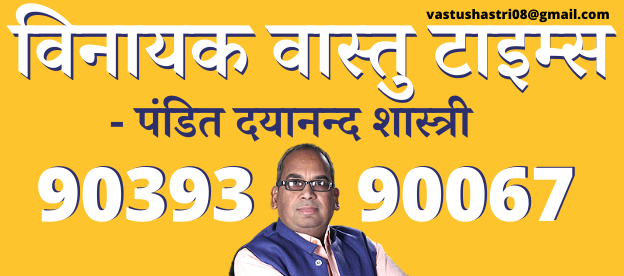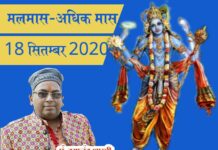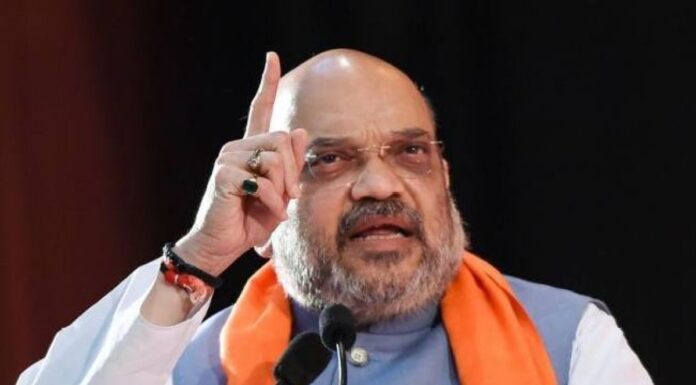Durga, in Sanskrit means “She who is incomprehensible or difficult to reach.” Goddess Durga is a form of Sakti worshiped for her gracious as well as terrifying aspect. Mother of the Universe, she represents the infinite power of the universe and is a symbol of a female dynamism. The manifestation of Goddess Durga is said to emerge from Her formless essence and the two are inseparable.
She is also called by many other names, such as Parvati, Ambika, and Kali. In the form of Parvati, She is known as the divine spouse of Lord Shiva and is the mother of Her two sons, Ganesha and Karttikeya, and daughter Jyoti. Destroyer of demons, she is worshiped during an annual festival called Durga puja, especially popular among Bengalis.
Her Appearance —
There are endless aspects of Durga described in the Puranas and Agamas and the iconography is consequently very varied. She is usually pictured as having ten arms holding Sword, Conch, Discus, Rosary, Bell, Winecup, Shielf, Bow, Arrow, and Spear. She is most often shown riding a lion from which comes Her august name, Simhavahini, “She who stands astride the king of beasts”. She is gorgeously dressed in royal red cloth and has several ornaments decorating Her personage. Her hair is dressed up in a crown (karandamukuta) which then flows out in long luxuriant tresses that are darkly luminous and soothing to the eye. The various tools reflects the eminent supremacy that helps in controling the universe and obey Her will.
Weilding Energy —
Goddess Durga exists eternally, always abiding in her own sweet nature and inhabits the hearts and minds of her ecstatic devotees. As Shakti power, she shapes, nurtures, and dissolves names and forms, while as subtle spiritual energy called Kundalini, She lights the lotuses fo the seven centres of awareness in the sacred human body. Goddess Durga killed the powerful demon Mahish and all his great commanders. When demonic forces create imbalance all god unite becoming one divine force called Shakti or Durga.
Chaitra Navratri Is approaching.( April 4-April ..).
Navratri is a Hindu festival of worship and dance. The word Navaratri literally means nine nights in Sanskrit; Nava meaning Nine and Ratri meaning nights. During these nine nights and ten days, nine forms of Shakti/Devi i.e. female divinity are worshipped.There are five Navaratris devoted to the worship of Shakti (Parvati or Durga). Out of these only three are being celebrated now.
1. Sharada Navaratri – This is the Navaratri, which is celebrated during Sharad Ritu (beginning of winter) (Sept-Oct). This is also called Maha Navaratri. Sharada became Sharad in some places. This celebrates the slaying of Mahishasura by Durga. The festival is observed in most parts of India – especially in the East.
2. Vasant Navaratri – This is celebrated during Vasant Ritu (beginning of summer) (March- April). This Navaratri is celebrated in North India. Vaishno Devi temple in Jammu observes Navaratri during this period.
.. Ashada Navaratri – This Navaratri is particularly important for all Upasakas of Varahi- Celebrated in July-August. This is called Guhya Navaratri in Himachal Pradesh. Varahi is one of the seven Matrikas of Devi Mahatmya!
Navratri Days and Significance:-
1st to 3rd day of Navratri:-
On the first day of the Navaratras, a small bed of mud is prepared in the puja room of the house and barley seeds are sown on it. On the tenth day, the shoots are about 3 – 5 inches in length. After the puja, these seedlings are pulled out and given to devotees as a blessing from god. These initial days are dedicated to Durga Maa, the Goddess of power and energy. Her various manifestations, Kumari, Parvati and Kali are all worshipped during these days. They represent the three different classes of womanhood that include the child, the young girl and the mature woman.
4th to 6th day of Navratri:-
During these days, Lakshmi Maa, the Goddess of peace and prosperity is worshipped. On the fifth day which is known as Lalita Panchami, it is traditional, to gather and display all literature available in the house, light a lamp or ‘diya’ to invoke Saraswati Maa, the Goddess of knowledge and art.
7th to 8th day of navratri:-
These final days belong to Saraswati Maa who is worshipped to acquire the spiritual knowledge. This in turn will free us from all earthly bondage. But on the 8th day of this colourful festival, yagna (holy fire) is performed. Ghee (clarified butter), kheer (rice pudding) and sesame seeds form the holy offering to Goddess Durga Maa.
Mahanavami:-
The festival of Navratri culminates in Mahanavami. On this day Kanya Puja is performed. Nine young girls representing the nine forms of Goddess Durga are worshiped. Their feet are washed as a mark of respect for the Goddess and then they are offered new clothes as gifts by the worshiper. This ritual is performed in most parts of the country.
Forms of Maa Durga:-
Nine forms of Shakti are worshipped during the Navaratris. The Devis worshipped depend on the tradition of the region.
* Durga, the inaccessible one
* Bhadrakali
* Amba or Jagadamba, Mother of the universe
* Annapurna, The one who bestows grains (an) in plenty (purna)
* Sarvamangala, The one who gives joy (mangal) to all (sarva)
* Bhairavi
* Chandika or Chandi
* Lalita
* Bhavani
* Mookambika
Navratri Katha —-
The festival of Navratra is celebrated twice in India. Once in the Hindi month of Chaitra which is the month of March-April according to the Gregorian calendar and again in the month of Ashwin i.e. September-October according to the English calendar. It is a nine days long festival in which the Goddess Durga is worshipped in nine different forms. People all over the country celebrate this festival with immense joy and enthusiasm. Devotees of Maa Durga observe a rigorous fast of nine days during this period. This festival in Hindu religion is considered to be an eternally enlightening festival. Like most of the Hindu festivals this worship also involves reading or hearing Katha or stories related to the festival. Explore an interesting story about Navratri here.
Navrati Story—-
The story associated with Navratri can be found in various Hindu religious texts like Markandeya Purana, Vamana Purana, Varaha Purana, Shiva Purana, Skanda Purana, Devi Bhagavatam and Kalika Purana. The story of Navratra is the symbolic message of the fact that however glorious and powerful the evil become, at the end it is the goodness that wins over all of the evil. The story is associated with Maa Durga and Mahisasura, the buffalo headed demon.
The story begins from the life of two sons of Danu called Rambha and Karambha who performed austerities by to gain extreme power and authority. When their prayers became deeper and austerities became exceptional, the King of the heaven God Indra got perturbed. Out of fear, he killed Karambha. Rambha, who came to know about his brother’s death, became more stubborn to win over the Gods. He increased the intensity of his austerities and finally got several boons from gods like great brilliance, beauty, invincibility in war. He also asked a special wish of not being killed by either humans or Gods or Asuras.
He then considered himself immortal and started freely roaming in the garden of Yaksha where he saw a female-buffalo and fell in love with her. To express his love, Rambha disguised in the form of a male-buffalo and copulated with the female buffalo. However, soon after that a real male buffalo discovered Rambha mating with the she-buffalo and killed him. It was due to Rambha’s inflated ego that killed him, out of which he has not asked his death to be spared from the wrath of animals. As the pyre of Rambha was organized, the female-buffalo, who was copulated with him jumped into the funeral pyre of Rambha to prove her love. She was pregnant at that time. Thus, demon came out of the with the head of a buffalo and human body and he was named Mahisasura (the buffalo headed demon).
Mahishasura was extremely powerful. He defeated the gods and the demons and acruierd power over the entire world. He even won over the heaven and threw devtas outside it. He captured the throne of Indra and declared himself to be the the lord of the gods. The gods led by Brahma approached Vishnu and Shiva and evaluated them of the situation. In order to save the Gods, the three supreme deities emerged a light of anger, which combined to the take the shape of a terrible form and this was Durga. All the gods then granted this Goddess of power with all the supreme weapons they had. This is why; Durga is called the brilliance of all the Gods.
When the goddess was seen by Mahishasura, he was mesmerized by her beauty. Her then fell in love with her and proposed to marry her. The goddess said she will marry him, if he defeated her in the battle. Then began a scary and terrible battle between both of then which continued for nine days. Finally, on the last day, Durga took the form of Chandika and stood over the chest of Mahishasura and smashed him down with her foot. She then pierced his neck with her spear and cut off his head off with her sword. It is the day when Vijayadashmi is celebrated…







